What Antiques Are Worth Investing in?
It can be tough to decide what is the most desirable antique and potential collectable investment
If you are new to the world of auctions, worry not, as Dawsons endeavour to help you identify the fine art and antiques that are really worth your consideration.
07/09/2021
The type of antique or collectable you wish to acquire as an investment is likely to be determined by available storage or display space, finances available, and quite possibly your own personal preferences.
Furniture
Antique furniture remains very popular, as it is not only unique - you can use it too. We recommend looking for traditional antique furniture in very good condition or iconic contemporary design from the 1940s through to the 1970s.
Learn how to spot antique furniture and determine its worth.

Six early 19th century colonial Anglo-Indian chairs. Sold for £26,000
Watches
Watches allow people to form close connections that few other items can match. We wear watches on a daily basis. They are both functional and fashionable, and they frequently have an emotional value that attracts their owners. The combination of these characteristics is what makes wearing a watch so enjoyable.
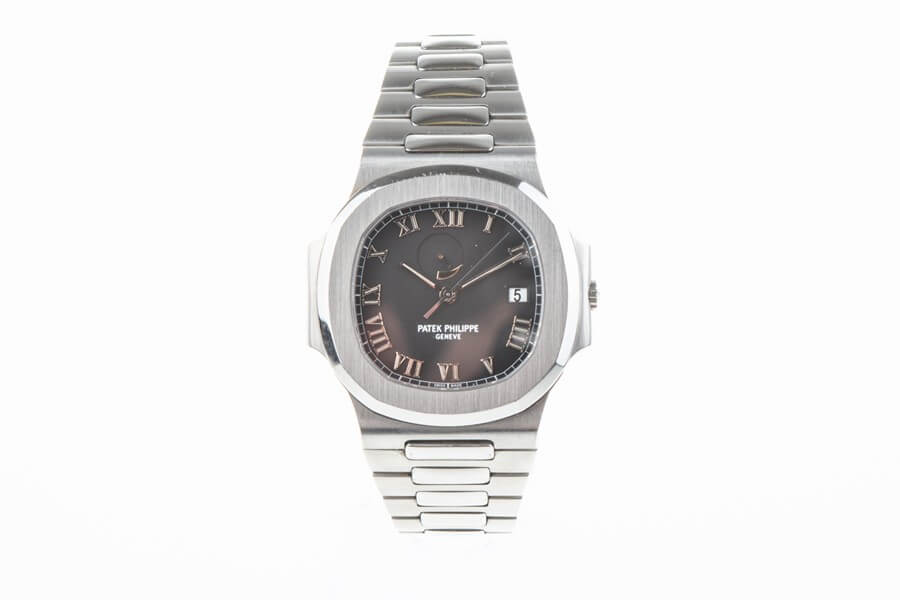
A fine and rare Patek Philippe Nautilus Ref. 3710/1A automatic wristwatch. Sold for £38,000.
According to research by This is Money, the value of collectable old-fashioned/vintage timepieces increases by about 5% every year. Vintage timepieces are a comparatively attractive investment at a time when interest rates on savings are at an all-time low.
Clocks
Longcase clocks, often known as grandfather clocks, have endured the test of time. And, even though prices have fallen over the last decade as they have fallen out of favour, savvy collectors believe they will recover.
A clock that cost less than £500 three decades ago may now cost more than £2,000, with name, sought-after versions fetching more than £10,000. However, this is less than half of what they might have sold for in the late 1990s, when prices were at their highest.
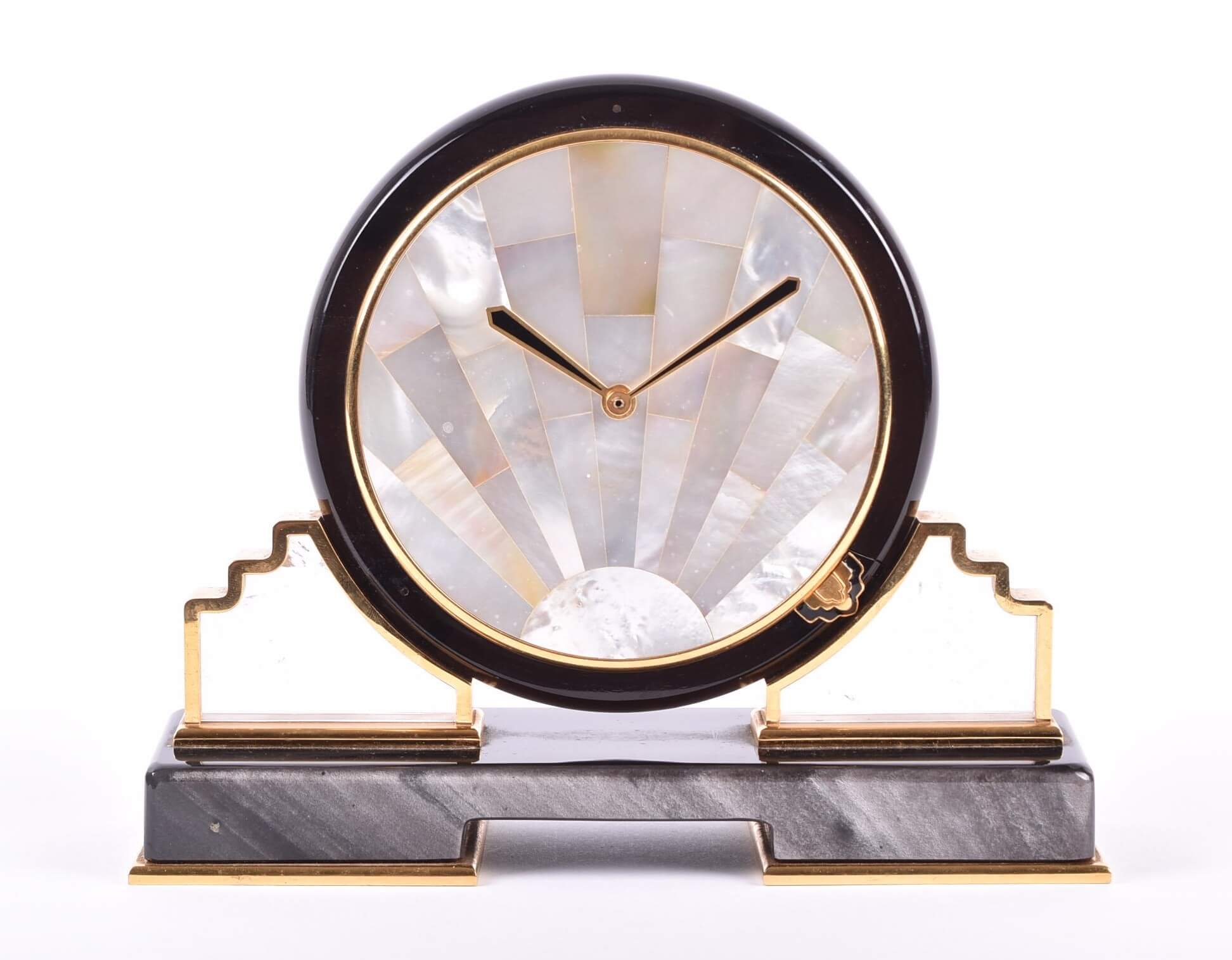
A Cartier Art Deco mother-of-pearl mantel clock. Sold for £2,900.
Jewellery
Antique costume jewellery may be worth a lot of money, and exquisite jewellery is always a good investment. Keep an eye out for expensive jewels, rare metals, and other unique details. Learn how to read jewellery marks to figure out what it's made of and who produced it. Fine jewellery can be worth hundreds of pounds or many thousands of pounds, but the actual value can vary a lot - so it pays to buy carefully.
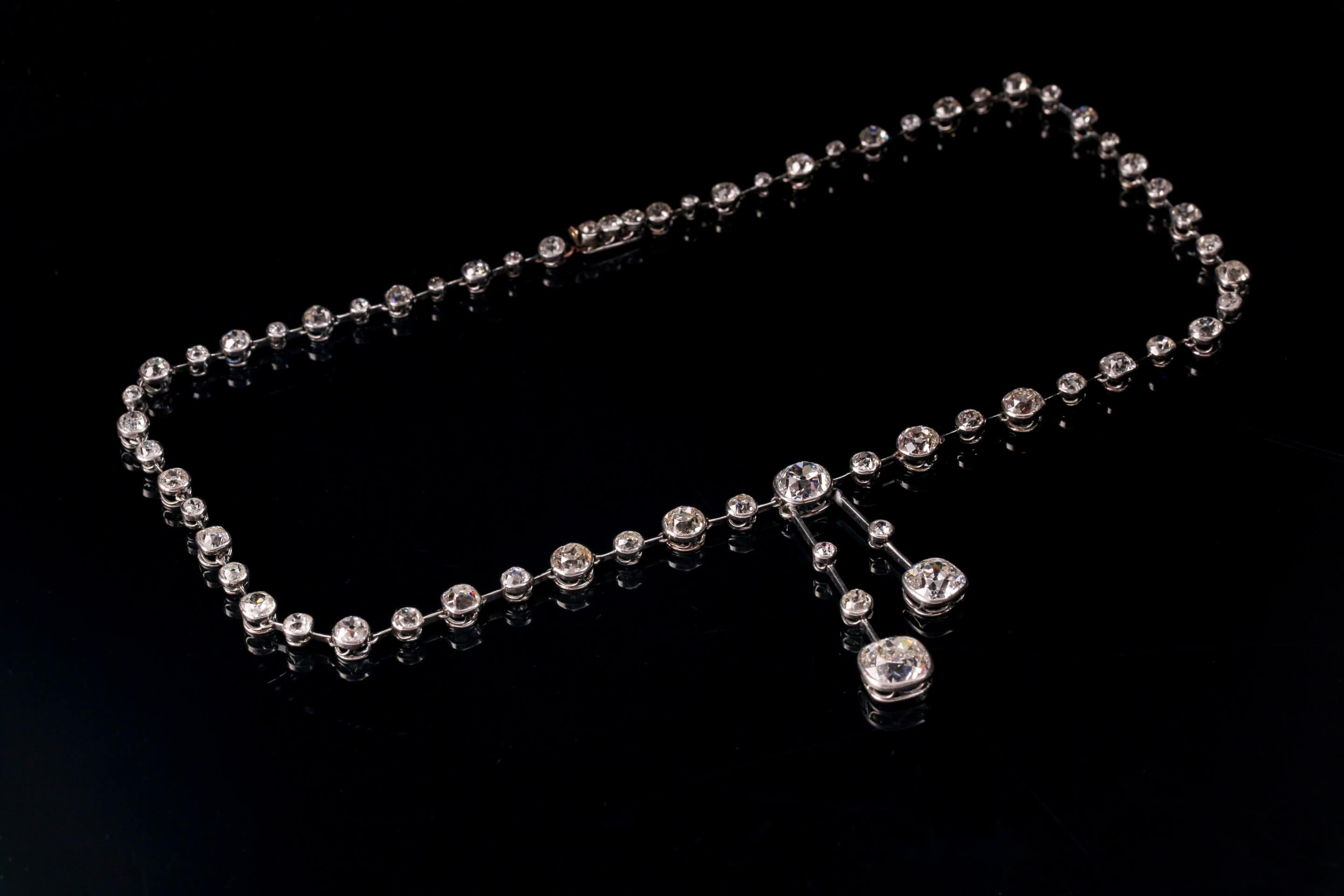
An impressive antique collet-set diamond lavliere necklace. Sold for £23,000.
Paintings
Because art has no link to the stock market, paintings may appreciate in value even when the market falls, making it an excellent financial diversification.
It's not only about having the financial means to purchase the picture in the first place. Any fund will have administration costs, and if you buy expensive artwork, the simple act of displaying it prominently on your wall might be a quick way to lose money.
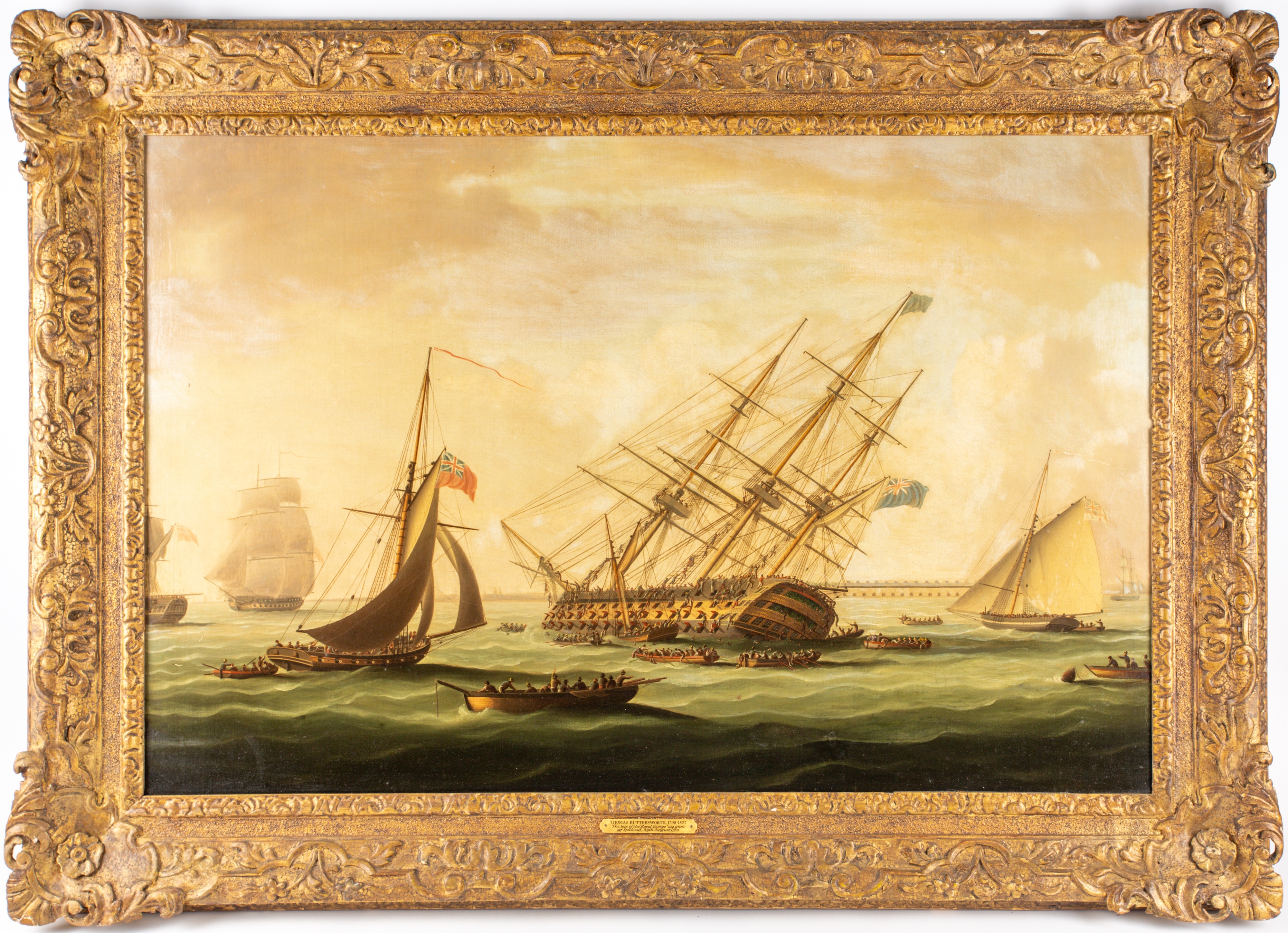
'The Loss of the 'Royal George' by Thomas Buttersworth. Sold for £15,000.
Ceramics & Glass
The market for ceramics and glass is at an all-time high. Ceramic art is one of the oldest forms of artistic expression, and it is also one of the most ageless. Antique pieces are selling for prices never seen before, and for a good reason.
Collectors want to be sure they are investing in an artist whose work will hold its worth in addition to having a personal connection with a ceramic item to add to their collection.

An early 20th century Martin Brothers triple bird group by Robert Wallace Martin. Sold for £32,000.
Decorative Arts
Ceramics and pottery, porcelain and china, and carved wood all fall within the category of decorative art. Although area specialists disagree on what constitutes a tangible item or decoration with practical and aesthetic value, the title is often used for tangible objects and decorations with practical and artistic worth.
The decorative arts market is governed by the same dynamics that govern the fine art market, such as supply and demand, speculation, and cyclicality. Despite their similarities, the market for most decorative arts is slightly more stable than the market for fine art since the fine art sector gets more media attention and can attract riskier bids.
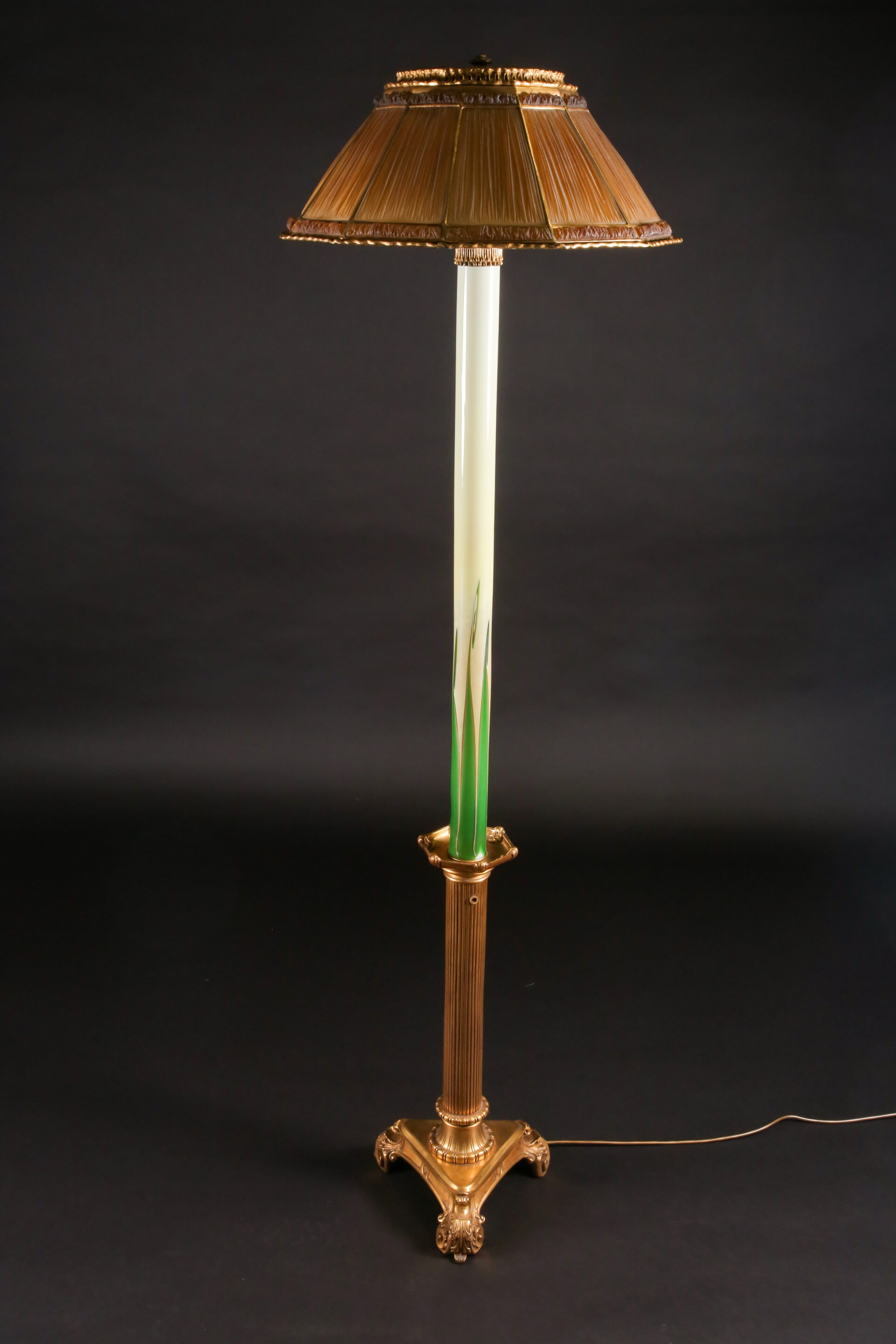
A Tiffany & Co moulded glass and gilt bronze mounted standard lamp. Sold for £9,800.
Final Note: Recycling
So many of our possessions now wind up in landfills because we live in a disposable age.
Imagine if more of your possessions could be carefully repaired and passed down the generations despite their age and flaws, or possibly sold at auction?
By investing in Fine Art & Antiques you are genuinely playing your part in the fight to make this planet a more environmentally friendly place to live.
Please do get in touch, if you have any questions for our friendly team of experts.
If you're thinking of selling antiques, the specialists at Dawsons Auctioneers & Valuers are always happy to provide a free auction valuation.
We would love to hear from you.
Call us on 0207 431 9445 or get in touch via email on info@dawsonsauctions.co.uk.
See also: How to collect paintings